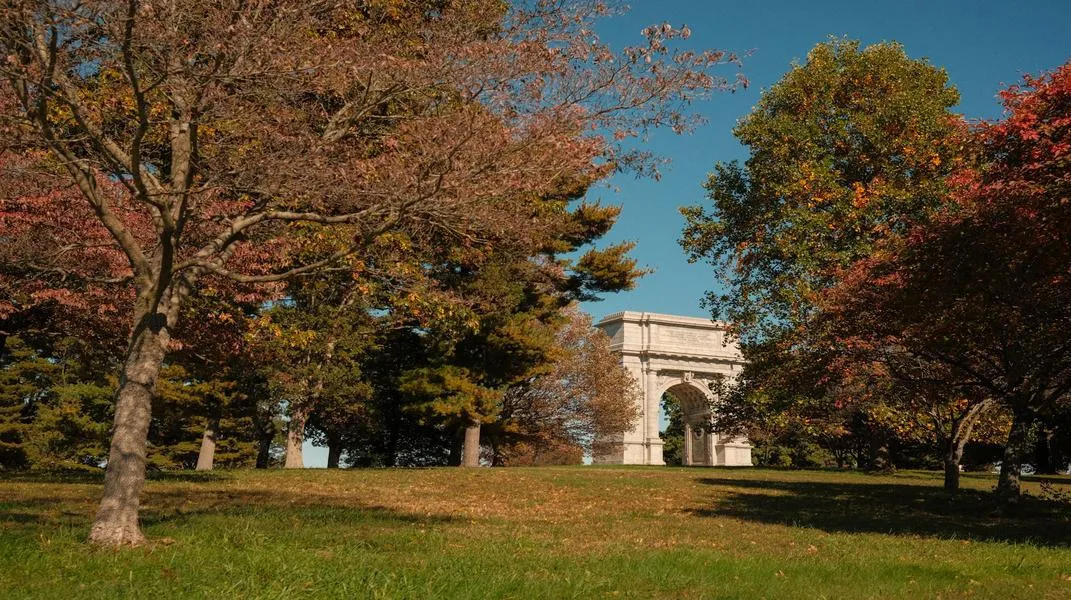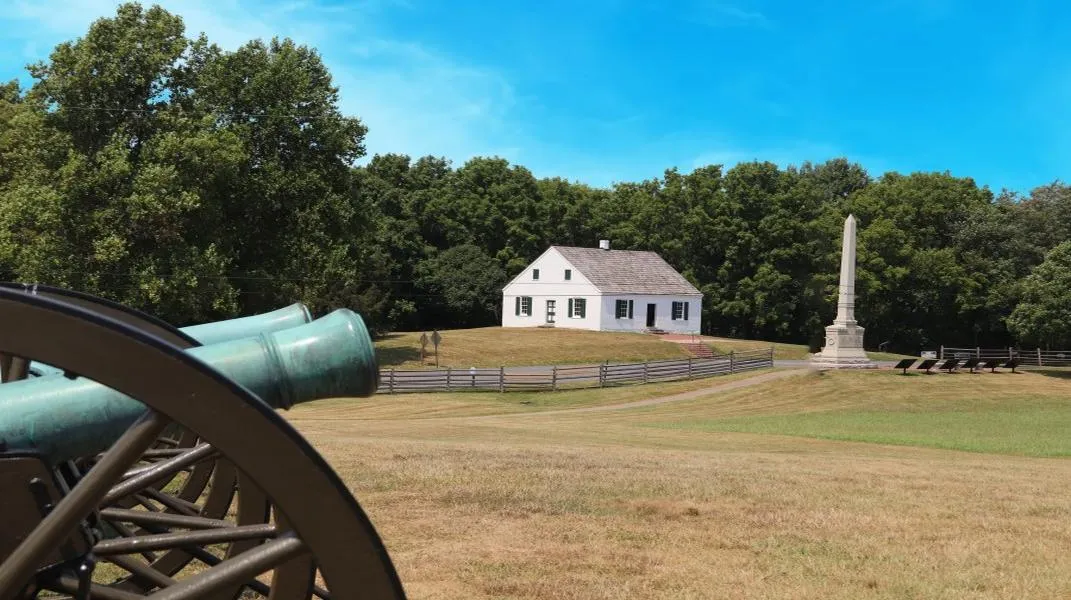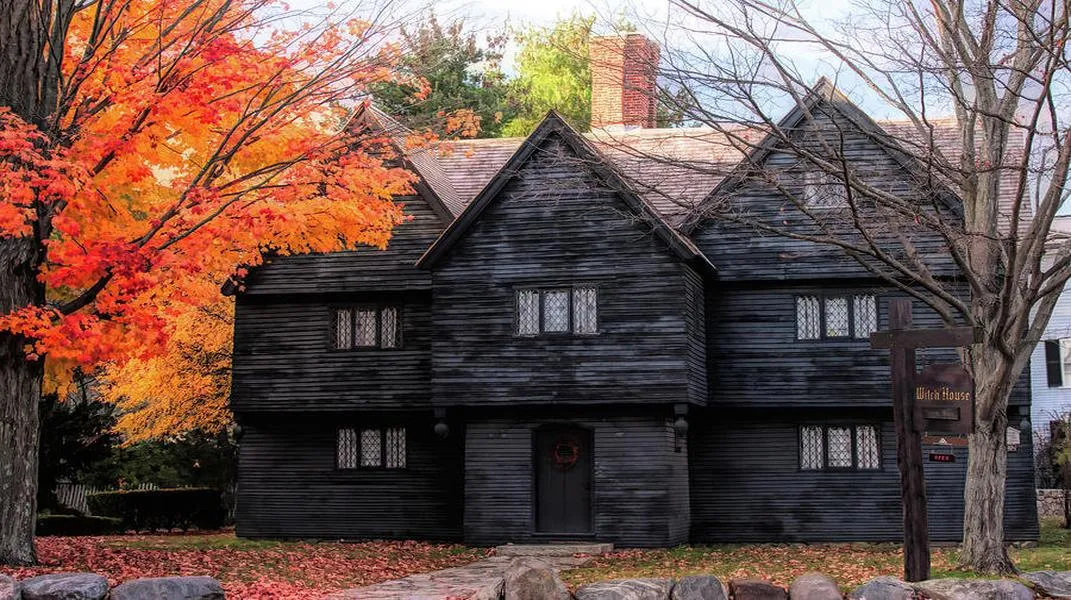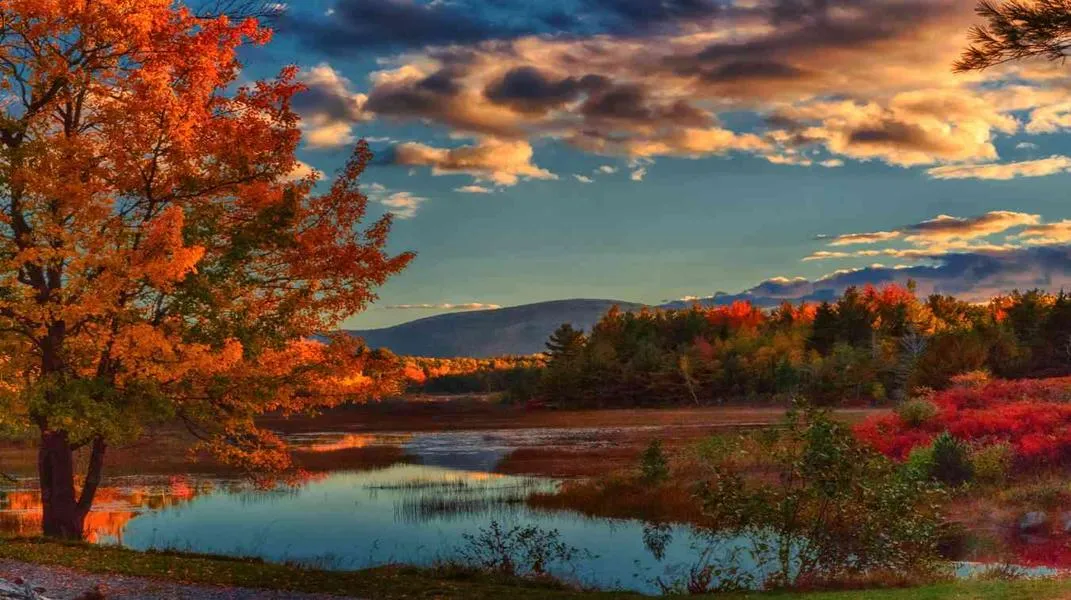Exploring Valley Forge: A Journey Through History and Nature
Nestled in southeastern Pennsylvania, just a short drive from Philadelphia, Valley Forge National Historical Park is a treasure trove of American history and natural beauty. This site is best known for its role during the American Revolutionary War, particularly as the winter encampment of the Continental Army from

Introduction
Nestled in southeastern Pennsylvania, just a short drive from Philadelphia, Valley Forge National Historical Park is a treasure trove of American history and natural beauty. This site is best known for its role during the American Revolutionary War, particularly as the winter encampment of the Continental Army from 1777 to 1778. Today, Valley Forge serves as both a memorial to the sacrifices of those who fought for American independence and a serene escape into nature.
Visitors to Valley Forge can expect to immerse themselves in history while enjoying hiking trails, scenic views, and various recreational activities. This article will guide you through the rich history of Valley Forge, its significance, the various attractions within the park, and the materials you need to prepare for an enriching visit.
Historical Significance
Valley Forge was chosen by General George Washington as the site for the Continental Army's winter encampment due to its strategic location and natural defenses. The harsh winter of 1777-1778 tested the resilience of Washington's troops as they faced severe shortages of food, clothing, and shelter. Despite these challenges, the time spent at Valley Forge was crucial for the army's survival and transformation into a more disciplined and effective fighting force.
The encampment saw the arrival of foreign military leaders, such as Baron von Steuben, who implemented training reforms that significantly improved the Continental Army’s discipline and effectiveness. The struggles endured at Valley Forge became a symbol of perseverance and sacrifice, making it a vital part of American history.
Attractions at Valley Forge
1. The Visitor Center
Your journey should begin at the Valley Forge Visitor Center. This modern facility provides an introduction to the park's historical context through engaging exhibits, artifacts, and films. The park rangers are available to answer questions and provide insights that will enhance your visit. Don't forget to pick up a park map and brochures detailing the various trails and points of interest.
2. Washington’s Headquarters
One of the most significant structures in the park is Washington’s Headquarters, where General Washington and his staff lived during the winter encampment. The reconstructed building offers guided tours that delve into the daily life of the troops and the challenges they faced. Visitors can explore the rooms where strategic planning took place and learn about the influential figures who contributed to the war effort.
3. The National Memorial Arch
Standing proudly at the entrance to Valley Forge Park, the National Memorial Arch is a tribute to the sacrifices made by the Continental Army. This grand structure, completed in 1917, commemorates the bravery of the soldiers who endured the harsh winter. Visitors can walk under the arch and take in its intricate carvings and inscriptions, which celebrate the valor and fortitude of the American spirit.
4. The Encampment Area
At the encampment area, you can see a reconstruction of the soldiers' huts where the troops lived during their time at Valley Forge. The site gives insight into the harsh conditions faced by the soldiers, with exhibits and interpretive signs that provide context about daily life, military strategies, and the struggles of the Continental Army.
5. The Trails
Valley Forge boasts over 26 miles of hiking and biking trails, winding through scenic woodlands and meadows. The trails vary in difficulty, making them suitable for visitors of all ages. Popular trails include the Mount Joy Trail, which offers stunning views of the surrounding landscape, and the Joseph Plumb Martin Trail, which follows the route taken by the soldiers during their encampment.
6. The Artillery Park
The Artillery Park is home to a collection of cannons and artillery pieces that provide a glimpse into the military technology of the time. This area is perfect for history buffs and families alike, as it allows visitors to see the weapons that played a crucial role in the Revolutionary War.
7. The Pennsylvania Memorial
This impressive monument honors the soldiers from Pennsylvania who fought in the Revolutionary War. The Pennsylvania Memorial features a large statue of a soldier atop a pedestal, surrounded by plaques listing the names of the soldiers. The site offers a reflective space for visitors to pay their respects and learn about the contributions of Pennsylvanians to the American cause.
8. Historical Reenactments and Programs
Throughout the year, Valley Forge hosts various reenactments and educational programs that bring history to life. From musket demonstrations to soldier encampments, visitors can witness firsthand the experiences of the troops during the Revolutionary War. Check the park's calendar for specific events and times during your visit.
Preparing for Your Visit
To make the most of your trip to Valley Forge, it’s essential to prepare adequately. Here’s a list of materials and tips for an enriching experience:
1. Clothing and Footwear
- Weather-Appropriate Attire: Pennsylvania weather can vary greatly, so check the forecast before your visit. Dress in layers to accommodate changing conditions.
- Comfortable Shoes: Whether you plan to hike or explore on foot, wear comfortable, sturdy shoes that can handle uneven terrain.
2. Park Map and Brochures
- Visitor Center Materials: Upon arrival at the Visitor Center, pick up maps and brochures. These will help you navigate the park and locate key attractions.
3. Water and Snacks
- Hydration: Bring a water bottle to stay hydrated, especially if you plan to hike.
- Snacks: Pack light snacks for energy during your explorations.
4. Camera and Binoculars
- Photography: Capture the stunning landscapes and historical sites with a camera.
- Binoculars: If you’re interested in birdwatching or simply want to take in the views from a distance, binoculars can enhance your experience.
5. Notebook or Journal
- Reflection: Consider bringing a notebook to jot down thoughts, observations, or historical insights during your visit.
6. Plan Your Visit
- Schedule: Allocate enough time to explore the various attractions. A half-day visit is typically sufficient, but a full day allows for a more leisurely experience.
- Check for Events: Look up any special events or programs happening during your visit, as these can provide unique learning experiences.
7. Respect the Park
- Leave No Trace: Practice responsible tourism by cleaning up after yourself and respecting the park’s natural and historical resources.
Conclusion
Valley Forge National Historical Park stands as a testament to the resilience and determination of the American spirit. It offers visitors a unique opportunity to step back in time and appreciate the sacrifices made by those who fought for independence. From the awe-inspiring National Memorial Arch to the serene hiking trails, Valley Forge is a place where history and nature intertwine.
Whether you are a history enthusiast, a nature lover, or a family seeking a day of exploration, Valley Forge has something to offer everyone. With proper planning and preparation, your visit will be both educational and memorable, leaving you with a deeper appreciation for the sacrifices made during the Revolutionary War and the beauty of the American landscape. Embrace the spirit of Valley Forge, and let it inspire you as you walk in the footsteps of those who shaped the nation’s history.




